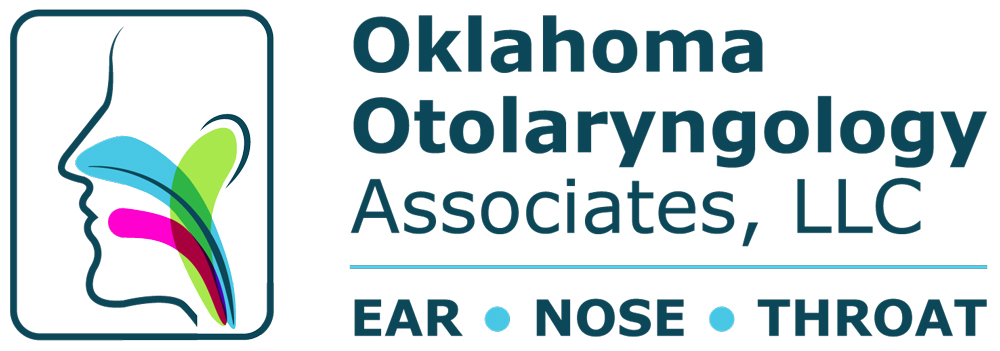Spring Break – Flying with Your Baby
While traveling this coming spring break, by airplane, it may be good to know that ear problems are the most common medical complaint that may result in temporary pain and hearing loss for your child. You can make your air travel more comfortable by simply learning to equalize the air pressure in your child’s ears, so they are not suffering from the pain of feeling ear pressure.
Parents should especially be concerned for your child’s comfort if they have a blocked Eustachian tube due to having the common cold, sinus infection or nasal allergies. A stuffy nose leads to stuffy ears. The middle ear pressure cannot equalize, air is absorbed in the canal sucking the eardrum inward and stretching it, causing pain or discomfort.
When you and your child are traveling by airplane, the rapid changes in air pressure have unusual demands on the Eustachian tube, to open frequently and wide enough so it can equalize the change in air pressure. It is most uncomfortable upon landing. A good test, before flying is taking your child on an elevator and see if your baby is able to adjust to the rapid altitude change.
To activate the muscles that open the Eustachian tube, is as easy as swallowing. Drinking something is better than chewing gum or sucking on a hard candy. Yawning is also a good way to equalize air pressure, but this is hard for small children to perform. Try to avoid sleeping during take-off and landing, because swallowing does not occur as often to keep up with the pressure changes.
Another solution to a buildup of air pressure in the ear canal is to pinch the nostrils shut, breath in, close your lips, direct the air into the back of your throat and then try to gently blow the nose and then hear a “pop”. It is okay to repeat this several times during the airplane’s descent.
For babies who are flying in airplanes, since they cannot intentionally pop their ears, try to let them nurse, suck on a bottle or pacifier especially while the airplane is taking off and landing. It is best if you do not allow the baby to sleep during descent. Children are especially vulnerable to blockages because their Eustachian tubes are narrower than in adults. If your baby has had tubes inserted, the flight is actually easier for them, than babies who have not.
With simple planning, your spring break trip can be an enjoyable experience for your entire family. Just remember that the changes in air pressure effect infants and children much more than adults and be prepared to help relieve the air pressure with these simple tips. Happy traveling!

